Long before it was cool to take the name of a sports car that was never officially released here and slap it on the rump of a compact SUV (Ford Puma, if you're wondering), Mitsubishi had already been there and done that with a car of its own, the Eclipse Cross.
One imagines it was so named because Eclipse owners would be terribly cross about what the bods in marketing had done, but it's rather more likely that Cross is short for crossover. At least, that's what they tell me.
The Eclipse Cross has been around for a couple of years. Originally intended as a replacement for the ageing ASX, people just kept buying the ASX at quite a clip.
Even in fire and plague-riddled 2020, Mitsubishi shifted more than 14,000 ASXs while the Eclipse Cross managed just under a third of that number. Nothing to be sneezed at, I hasten to add, because when you combine the two, that means nearly one in five small SUVs bought last year were Mitsubishis.

Mitsubishi Eclipse Cross 2021: Exceed (awd)
| Engine Type | Turbo 4, 1.5L |
|---|---|
| Fuel Type | Unleaded Petrol |
| Fuel Efficiency | 7.7L/100km (combined) |
| Seating | 5 |
| Price From | $31,900 - $38,390 |
| Safety Rating |
|
Does it represent good value for the price? What features does it come with?
For 2021, the Eclipse Cross has had the specification spreadsheet thrown at it, perhaps to indicate that the company wants to put a bit of space between the evergreen ASX and the more contemporary Eclipse Cross.
Spec and prices all got a boost, the top-end Exceed AWD scoring another $1300 on the sticker to take it to $40,790. With which you can buy the much bigger Outlander.

For 2021, the Exceed adds LED headlights, double sunroof, head-up display, sat nav, heated steering wheel and rear seats, fake leather seats and a clever new safety feature to stop you hitting something if you accidentally punch the throttle when you want the brake.
You also get dual-zone climate control, 18-inch alloys, an eight-speaker stereo, reversing camera, front and side cameras, keyless entry and start, front and rear parking sensors, active cruise control, a very healthy safety package, powered front seats, auto headlights, auto wipers, powered and heated door mirrors and a space-saver spare.

The Mitsubishi media system is present and correct and as mediocre as ever. Which isn't necessarily a bad thing because you can just plug in your phone and get Android Auto or Apple CarPlay, with takes out the sting.
The DAB interface is terrible, however, and is one of the great mysteries of the automotive world - why are most of them so impossible to use?

I just want to listen to my station without having to scroll through every station which has a baffling code appended to the start of its name rather than, I don't know, just listing them alphabetically.
The only options available on the Exceed are paint colours. Solid white is a freebie, while four colours ask another $740, and the premium colours are a mildly outrageous $940, like the 'Red Diamond' of the car I had.

Is there anything interesting about its design?
Interesting is one way of putting it. When the Eclipse Cross first landed it had that 1990s confidence that Mitsubishi harnessed so well.
I'm not going to pretend it's pretty, because it isn't, but it's striking, and deliberately so. Job done. Not much has happened for 2021 apart from the curious decision to replace the Honda CRX-style glass panel on the tailgate with a slightly BMW X4-ish lipped steel cap.
I remember the split glass of the tailgate being distracting but now it's filled in, I miss it. I'm a deeply irritating person.
Then something else hits you - it's quite a bit longer than it used to be. Nearly 14cm (or half a foot). That's a big jump.
It hasn't come from lengthening the wheelbase (that would be mad and expensive) but by increasing the overhangs, mostly at the rear.

This feeds into the idea that Mitsubishi is pushing the Eclipse away from the ASX, towards larger competitors like the RAV4 or CX-5, against which it appears to be priced.
It still looks weird down the road, though, with a narrow track that doesn't match the styling intended to make it look wider.
The cabin was and remains a vast improvement over the bitty ASX interior. Aside from the slightly awkward relationship of steering wheel, to pedals, to person, it's a pretty solid attempt at a modern environment.
The big touchscreen writes cheques its software can't keep, but it all looks pretty good and is conventionally handsome.
Mitsubishi has persisted with fitting the huge aluminium paddle shifters that put Audi, Mercedes and BMW to shame. I don't imagine many owners use them, but hey, they're there and feel amazing.
How practical is the space inside?
The process of lengthening the Eclipse Cross by a hefty 14cm has yielded a less-than-hefty improvement in the boot capacity. It's always going to be a 'lifestyle' boot rather than a super-practical one because the fast angle of the rear glass chops out a lot of volume.
Cargo space is now 405 litres with more acreage available on the flat floor. Drop the seats down and you get 1172 litres. The old car let you slide the seats forward for more space like in a Volkswagen but that feature is now curiously absent (although you can still recline the backrest).

Front seat passengers score a pair of cupholders and a phone slot better suited to an old Nokia rather than the 1950s television-sized phones most of us carry around.
The phones fit in the cupholders, though, so that's okay. The big door bins also hold bottles, so there are four useful and usable bottle holders.

The rear armrest features two more cupholders but that's about all you get back there. No vents or USB ports, which is a bit of a miss on a car that will likely be dragging kids around to their various activities.

You can tow 750kg unbraked and 1600kg braked, according to the specs.

What are the key stats for the engine and transmission?
The one truly modern part of the Eclipse is the eager 1.5-litre four-cylinder turbo, easily the most advanced petrol engine Mitsubishi makes. Why it's not already an option in the ASX is a mystery, but many things Mitsubishi does are mysterious.
Spinning up 110kW and 250Nm, a CVT with eight artificial steps drives the all-wheel drive system which mostly runs in front-wheel drive unless you tell it not to.
It'll shift the car's chunky 1545kg kerb weight to 100km/h in a relaxed 9.8 seconds, which is pretty much what most cars like this manage.

How much fuel does it consume?
As I discovered in 2019 when I last drove the Eclipse Cross, the high-ish stickered figure of 7.7L/100km translated to a rather unimpressive real-world figure of 11.2L/100km.
Our time with the car certainly had less of the highway running of the last outing, but the Eclipse Cross's weight really does it no favours at the pump and you really have to send the pedal towards the floor for any real progress.
The 60-litre fuel tank is handily-sized and takes the edge off the higher than expected consumption. Unusually for a small turbo, you don't need premium unleaded to make it go, which is worth noting.

Warranty & Safety Rating
What safety equipment is fitted? What safety rating?
Here in Australia the Eclipse Cross scores seven airbags, ABS, stability and traction controls, forward AEB (low and high speed with pedestrian detection), forward collision warning, lane departure warning, blind-spot monitoring and rear cross-traffic alert.
You also get two ISOFIX points and three top tether anchors.
The Eclipse Cross was awarded five ANCAP stars in December 2017 based on a Euro NCAP crash test and has not been reassessed with its new backside.

What does it cost to own? What warranty is offered?
In a move that is sure to make you sit up and pay attention, Mitsubishi's Diamond Advantage program offers a whopping 10 years/200,000km warranty along with a 10 years/150,000km capped-price servicing regime and four years of roadside assist.
You need to visit the dealer every 12 months/15,000km. The first five services cost $299 each, which is not bad, but not Toyota cheap.

You'll then pay significantly more for four of the next five, the prices bouncing around with numbers like $599 and $399 per service.
If you don't return the car to Mitsubishi for a service, you lose the 10 year warranty and it drops back to five years/100,000km.
What's it like to drive around town?
I don't mind the Eclipse Cross, which is a big call given how little regard I have for its under-the-skin sibling, the ASX. In urban areas, the Eclipse is a far more agreeable car, with strong torque from the turbo engine and far better tuned continuously variable transmission.
Along with new rear dampers and a modified steering tune, it's also better than the last Eclipse Cross I drove. While it's still solidly outclassed by pretty much everything else apart from the (cheaper) MG ZS, I find it more comfortable and less unsettled than the cheaper, older alternative.

You still don't really know what the tyres are doing, but it's easy to park and even with in its longtail form, it's still a fairly compact machine to fit into city car spaces.
Oddly, I felt the steering wheel was on the small side, but soon got used to it, although it took a while to get the driving position right. I discovered the tilt mechanism requires some, shall we say, percussive maintenance to unstick it from a bus-like angle.
It would be better if Mitsubishi made more of the Eclipse's expensive multi-link rear suspension. Potholes and grubby arterial roads make the Eclipse a bit unsettled (again, not as badly as the ASX) and it just seems like a waste to have it if you're not going to use it to full effect.
It would be nice if there wasn't so much of a dead-zone in the throttle, too. It felt like you had to push the throttle through a couple of inches (sorry, five centimetres) before the engine responded, which then meant over-compensation, which explains part of the fuel figure, too. It's still far better than the naturally-aspirated engine in its sister car.

Verdict
Apart from the slightly improved styling, the most striking thing about the Eclipse Cross is that 10-year warranty (terms and conditions applying, naturally). It is better than it was when first launched but I can't help wondering if Mitsubishi is being a little too ambitious for this car. It was supposed to replace the old ASX but that didn't work, so pushing it upmarket to compete with more accomplished cars from a huge range of other makers seems even more perplexing.
On the face of it, it is good value, but can't hope to compete with the CX-30 let alone HR-V or C-HR and RAV4. There is a plug-in hybrid coming, which may make a compelling case, as it does for its other under-the-metal sibling, the Outlander. You're also a bit cornered, here, because the Exceed gets all the safety gear that other models don't have. Many of its competitors have the same package up and down the range with a couple of exceptions.
I can't really say why you would choose this car over the plethora of other options except you might see it and fall in love with it. And on that score, I won't try to dissuade you because it's good enough.
Pricing Guides

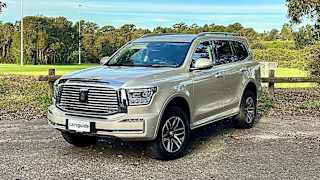
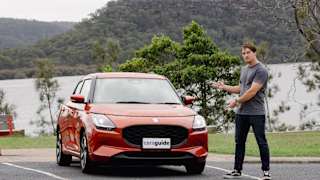
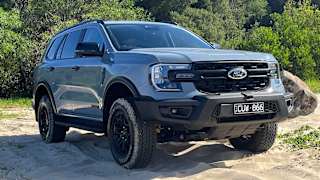
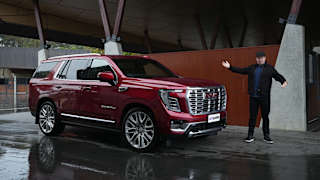



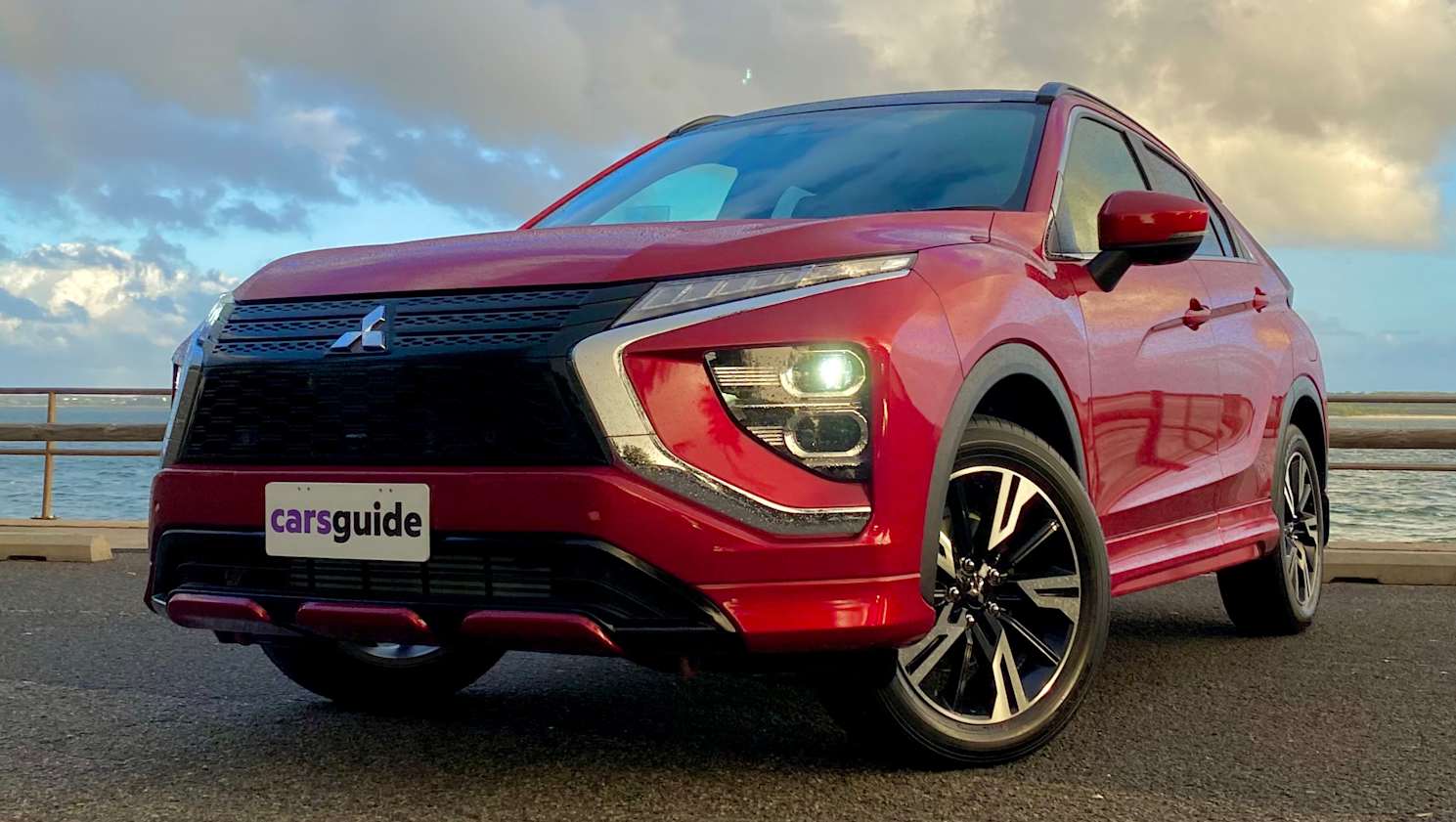

.jpg)

.jpg)




















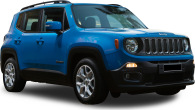
















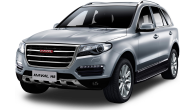



 copy.png)

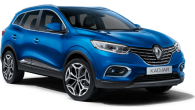
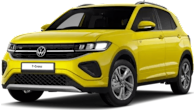










.jpg)
.jpg)
.jpg)
.jpg)


.jpg)